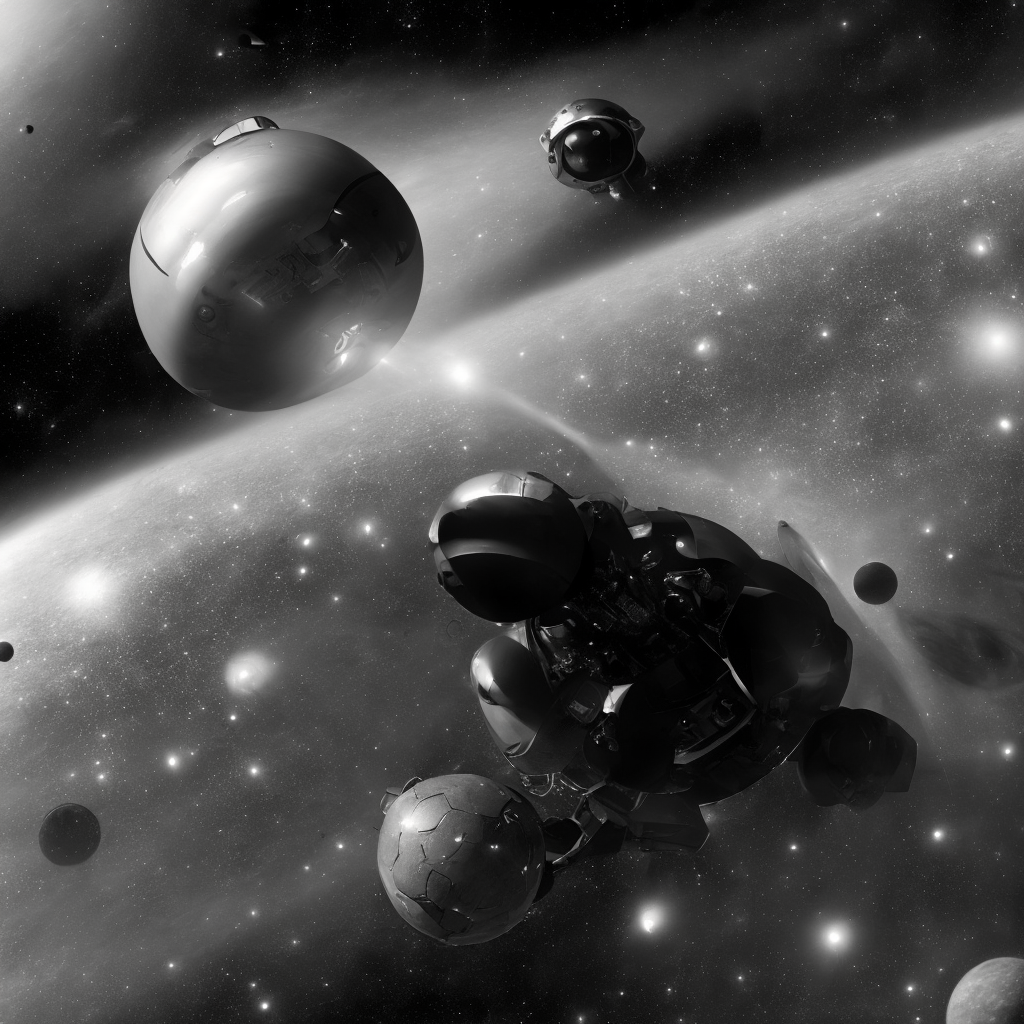
"Reinforcement learning (RL) is an interdisciplinary area of machine learning and optimal control concerned with how an intelligent agent ought to take actions in a dynamic environment in order to maximize the cumulative reward. Reinforcement learning is one of three basic machine learning paradigms, alongside supervised learning and unsupervised learning."[1]
"Reinforcement learning differs from supervised learning in not needing labelled input/output pairs to be presented, and in not needing sub-optimal actions to be explicitly corrected. Instead the focus is on finding a balance between exploration (of uncharted territory) and exploitation (of current knowledge) with the goal of maximizing the long term reward, whose feedback might be incomplete or delayed."[2]
"Reinforcement learning (RL) is a machine learning (ML) technique that trains software to make decisions to achieve the most optimal results. It mimics the trial-and-error learning process that humans use to achieve their goals. Software actions that work towards your goal are reinforced, while actions that detract from the goal are ignored."[3]
"Reinforcement learning allows autonomous systems to learn from their experiences instead of exclusively from knowledgeable teachers."[4]
Reinforcement learning is a new and emerging technology and part of these powerful AI models. "You may have read in the news about reinforcement learning being great at playing a variety of video games, even outperforming humans. I've also used reinforcement learning many times myself to control a variety of different robots."[5]
[1] https://en.wikipedia.org/wiki/Reinforcement_learning
[2] https://en.wikipedia.org/wiki/Reinforcement_learning
[3] https://aws.amazon.com/what-is/reinforcement-learning
[4] https://www.sciencedirect.com/topics/computer-science/reinforcement-learning
[5] Andrew Ng, Stanford University & DeepLearning.AI, Machine Learning Specialization, Course 3, Week 1
